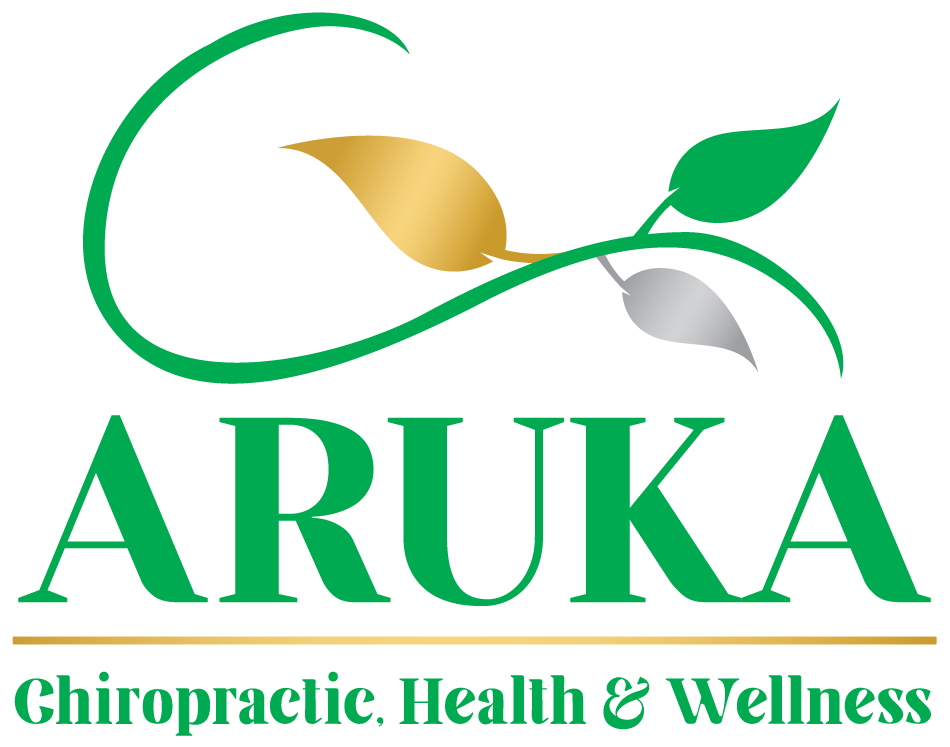What on earth is leaky gut syndrome?
What do IBS, acne, arthritis, eczema, psoriasis and asthma have in common? They can all be linked to a disorder called leaky gut syndrome.
Most people don’t realise how important their digestive systems are. Your gut has the enormous responsibility of absorbing all the fluids and nutrients we need to live, whilst eliminating the things we don’t. Digestion is a complex process that begins in the mouth and goes through many stages on its way through the stomach, small and large intestines and colon. Think of it like a well-oiled machine that needs every part to be working for it to function effectively.
In leaky gut syndrome, part of the gut known as the small intestine begins to fail. The job of the small intestine is to absorb carbohydrates, fats, protein and minerals but at the same time prevent unwanted particels passing into our blood. How does it do this? The small intestine is covered with tiny pores. These pores are just big enough for the good stuff (nutrients) to get through but too small for the bad guys – unwanted toxins, bacteria, chemicals and undigested food.
in leaky gut syndrome these tiny pores expand and allow the bad guys to move into your blood stream. What happens now? Basically your body attacks the bad guys with white blood cells which is good, BUT the battle itself causes inflammation.
This means the more bad guys that get through the more inflamed your body will become. Why does this matter? Because inflammation plays a key role in disorders like eczema, psoriasis, arthritis, allergies, acne, IBS, ulcerative colitis and many, MANY more!!
So how do you prevent leaky gut syndrome? By having a healthy digestive system! alcohol, processed foods, sugar, salt, parasites, steroids, antibiotics and undigested food all irritate the lining of the small intestine causing the pores to expand. Avoid these nasties and your digestive system will thank you!!


Aruka Chiropractic, Health and Wellness


